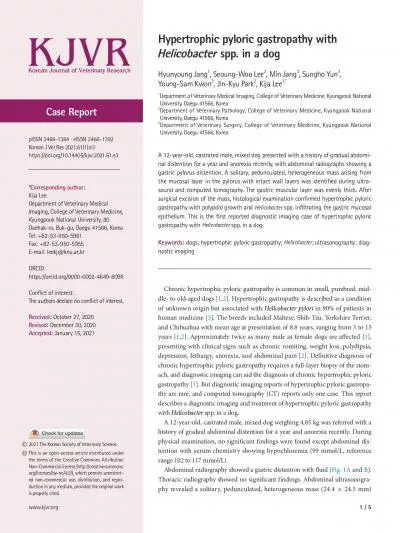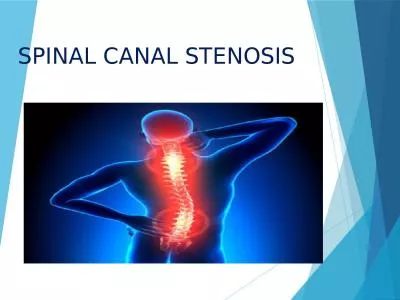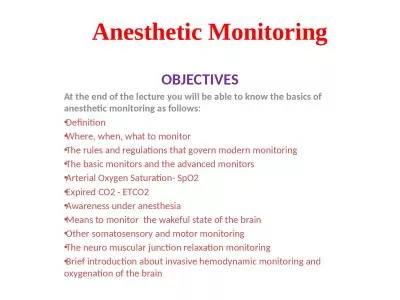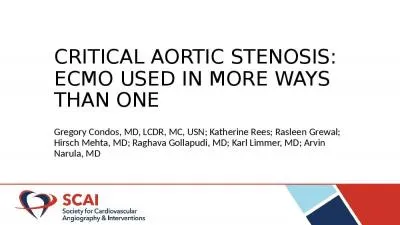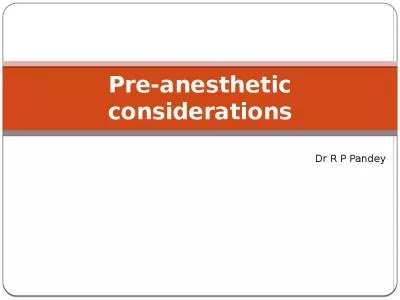PPT-Anesthetic Considerations For Pyloric Stenosis
Author : ani | Published Date : 2022-02-12
Denise Chang MD Andrew Infosino MD UCSF Department of Anesthesia and Perioperative Care Updated 42018 Disclosures None Learning Objectives Describe the clinical
Presentation Embed Code
Download Presentation
Download Presentation The PPT/PDF document "Anesthetic Considerations For Pyloric St..." is the property of its rightful owner. Permission is granted to download and print the materials on this website for personal, non-commercial use only, and to display it on your personal computer provided you do not modify the materials and that you retain all copyright notices contained in the materials. By downloading content from our website, you accept the terms of this agreement.
Anesthetic Considerations For Pyloric Stenosis: Transcript
Download Rules Of Document
"Anesthetic Considerations For Pyloric Stenosis"The content belongs to its owner. You may download and print it for personal use, without modification, and keep all copyright notices. By downloading, you agree to these terms.
Related Documents









